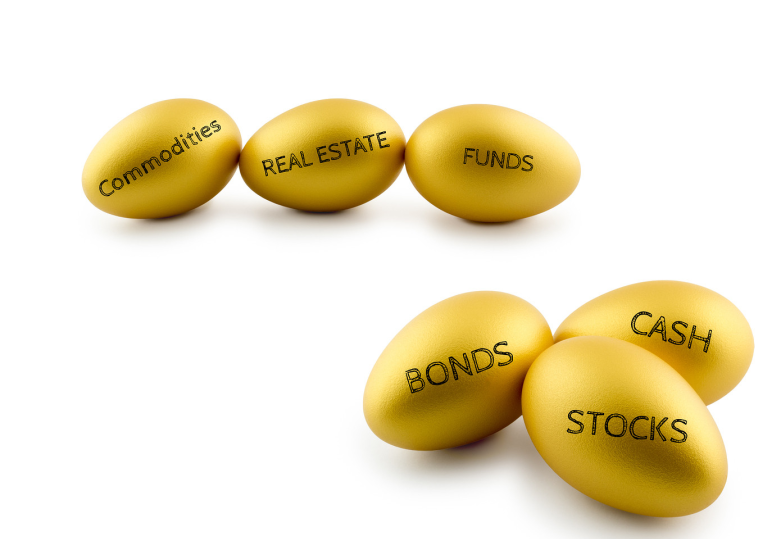Should you be putting more money into your RRSP or should you contribute to your TFSA (which by-the-way has no deadline)?
Here's a couple of ideas to consider:
1.) If you have made a significant amount of employment income in 2016 and you will be paying a large chunk of that in income tax, then the RRSP is your best choice for where to make a contribution. You will receive a nice tax refund and you can grow that money inside the RRSP on a tax-deferred basis. This is preferential tax treatment, which is good.
It may even be worthwhile to borrow some additional cash to top up your RRSP. It's very important to make sure you have contribution room before dumping in a bunch of money (you can always call CRA and ask them if you don't know). If you use an RRSP loan to top up your RRSP you should then use the resulting "tax refund" to pay down the loan. This is the smart thing to do. Interest rates are low right now making this is a great strategy to consider. (Our RRSP loans are at 3.2% right now.)
If your marginal tax rate is 39% that means that for every $1000 you contribute to your RRSP you get a refund on your taxes of $390. Sweet right?!
Here's an example:
Let's say you're an Albertan and you made $75,000 of income.
If you contribute $15,000 to your RRSP (assuming you have room & a 32% Marginal Tax Rate)
You will receive a tax refund of $4800.
Want to try your own numbers? Here's an online calculator we like: RRSP savings calculator
2.) If your income for the past year was low it means you haven't paid a lot of tax, therefore, there isn't much benefit to contributing to your RRSP. In this case, it would make more sense to contribute to a TFSA (Tax-Free Savings Account). The maximum contribution room for a TFSA to date is $57,500. If you are a high-income earner and you've maxed out your RRSP then it makes sense to work towards maxing out your TFSA.
Keep in mind that the main benefit of a TFSA is that the growth that you receive within the account is tax-free. If you have a TFSA and aren't getting any growth then the account is pointless (ie: This is the case if you have a TFSA at the bank invested in a High-Interest Savings Acct. Don't be deceived by the name! Getting 0.8% or 1% is not high interest!). Some of the segregated funds that our clients are invested in grew over 10% last year and these are conservative investments.
So, to review: an RRSP is the best account type if you earned a significant income last year and have paid a lot of taxes. The TFSA is the best account if you are either a lower income earner or if you have maxed out your RRSP contribution room.
When it comes to investing and using the account types available there isn't a one-size-fits-all solution. You need to be aware of your options and what is best for you in any given year.
That's where we can help! We work with you to create a worry-free retirement plan with guaranteed lifetime income.
Your Retirement Income & Investment Advisors,
Willis & Nancy Langford
587-755-0159
Info@langfordfinancial.ca







